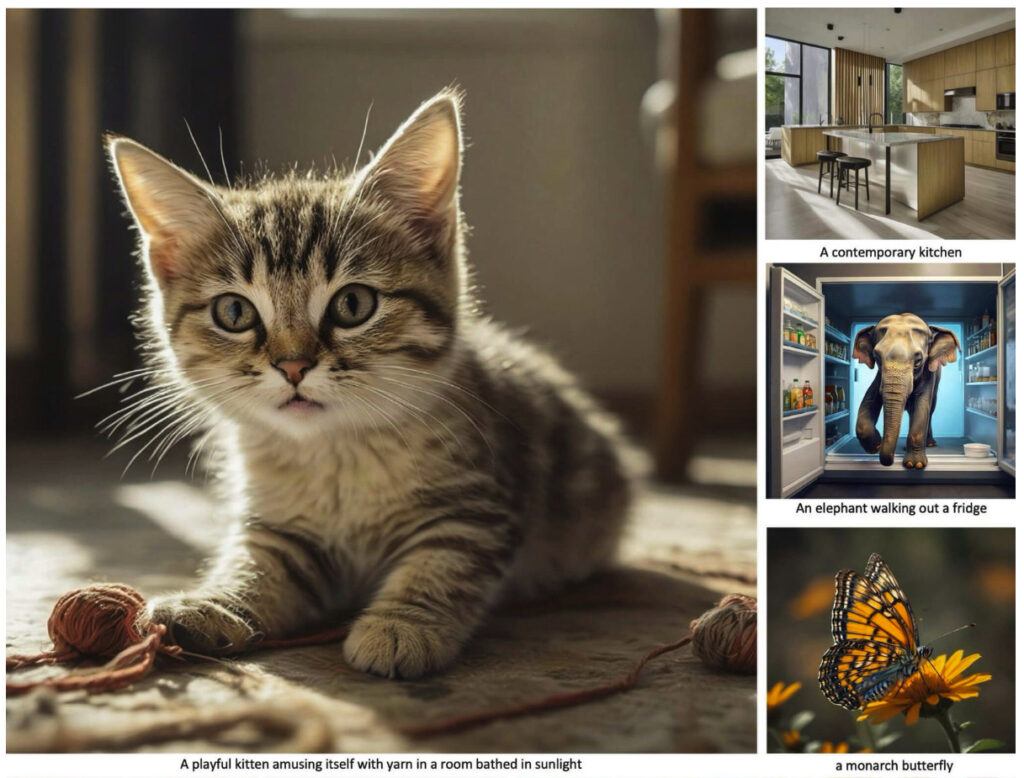A recent article from Neuroscience News discusses a study that found Artificial Intelligence, specifically GPT-4, to be on par with the top 1% of human thinkers in terms of creativity. The study used the Torrance Tests of Creative Thinking, a widely recognized tool for assessing creativity, and found that ChatGPT excelled in fluency and originality. Dr. Erik Guzik, the lead researcher, believes that AI could become a crucial tool for business innovation and entrepreneurship.
The study involved a control group of 24 University of Montana students and compared their scores with those of ChatGPT. The results were then compared with 2,700 college students who took the Torrance Tests nationally in 2016. ChatGPT not only performed in the top 1% for originality but also outperformed the majority of college students. However, it did slip to the 97th percentile for flexibility, which is the ability to generate different types and categories of ideas.
What’s even more intriguing is that the study presented strong evidence that AI is developing creative abilities comparable to or even exceeding human capabilities. This is a significant leap from previous research on GPT-3, which did not score as well as humans in tasks involving original thinking. With the advancements in GPT-4, it’s now in the top 1% of all human responses for creativity.
The study also delved into the practical applications of AI in the business world. Dr. Guzik expects AI to become a significant driver of innovation, especially in entrepreneurship. He believes that AI could help apply creative thinking to business processes, which is absolutely fascinating.
Next, we’ll need more sophisticated tools to differentiate between human and AI-generated ideas. ChatGPT itself suggested that current assessment tools may not fully understand human creativity and that new tools are needed. This opens up a whole new avenue for research and discussion on how we evaluate creativity in both humans and machines.
This is going to be a key ongoing debate. Not only do we need to find ways to evaluate creativity, but we’ll need to determine where ideas originate from. These tools do not operate without someone prompting them. But where will we be in a year or two?
News at the Intersection of AI and Design
📷 OpenAI Quietly Ships DALL-E 3 AI Image Generator Upgrade In Bing – Decrypt
Early reports are saying that Dall-E 3 blows Midjourney out of the water. I need to try this.
- Quick Launch: DALL-E 3 was made public just ten days after its official announcement, and it’s accessible through Microsoft’s Bing Creator.
- Enhanced Capabilities: The upgrade offers significantly improved image and text interpretation capabilities, making it a game-changer in the AI image generator space.
🏉 Introducing New AI Experiences Across Our Family of Apps and Devices | Meta
Meta has announced it is stepping up its AI game with a bunch of new features that aim to make our digital lives more creative and interactive. But is it really AI, or just AI-washing?
- AI-Powered Stickers and Image Editing: Meta is rolling out AI stickers and image editing tools that allow you to customize your chats and stories. These features will be available in WhatsApp, Messenger, Instagram, and Facebook Stories.
- Meta AI Assistant and Characters: There’s a new text-based assistant called Meta AI that you can interact with across various Meta platforms. Plus, they’re introducing 28 AI characters, some of which are played by cultural icons like Tom Brady and Kendall Jenner.
📝 AI Companies Are Hiring Creative Writers—And Here’s What They’re Looking For
AI companies are on the hunt for your creative skills to train their language models. Is this a cool opportunity for writers or a sign of the times that AI is encroaching on even the most creative of jobs?
- Gig Economy for Writers: Companies like Scale AI and Appen are offering project-based, hourly gigs for creative writers, with pay rates varying based on experience and language proficiency.
- Legal Gray Areas: These companies are trying to improve their AI writing capabilities, sometimes using controversial methods like pirated ebook collections, which have led to legal disputes with authors.
New Resources for you

Emu, Meta’s New Image Generation AI Model is Coming
Have you heard about Emu? It will be more than just stickers. It’s Meta’s (yeah, them again) new AI model that’s all about generating super-realistic and aesthetically pleasing images from text. The secret sauce here is something called “quality tuning,” which is a game-changer in how AI-generated images look and feel. Meta’s researchers used a dataset of 1.1 billion image-text pairs and then fine-tuned the model on just 2000 handpicked, high-quality images. The result? Images that adhere to professional standards like composition, lighting, and color.
But here’s the kicker: it’s not just about the tech. Human touch plays a crucial role too. After initially harvesting billions of images, Meta used automatic filters to sift through them. But to get to those 2000 “exceptionally high-quality images,” they needed human annotators to make the final call. So, it’s like a beautiful marriage between technology and human expertise.
And guess what? Emu isn’t just a one-trick pony. It outperformed its predecessor and even the state-of-the-art SDXL1.0 model in terms of visual appeal. It’s versatile enough to handle everything from portraits to landscapes to abstract art. So, it’s not just about making pretty pictures; it’s about aligning AI creativity with human aesthetics.
If you want to go deeper on the topic, you can read the paper that Meta released last week.
Stories in this issue come from The Sauce, Frank Prendergast, and Chris McKay.
How can I help you?
If you want to learn more about what’s available, here are some links:
Thanks for reading!
-Jim
Want to join hundreds of other designers who are staying ahead of the coming AI wave?
Subscribe now to get the latest in AI and Design in your inbox each week.



